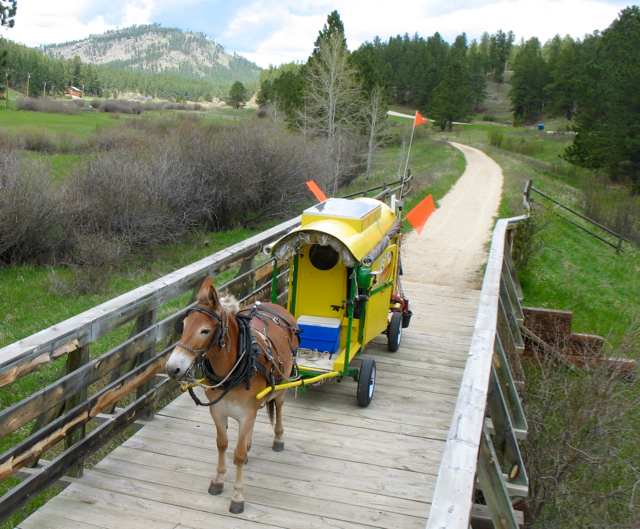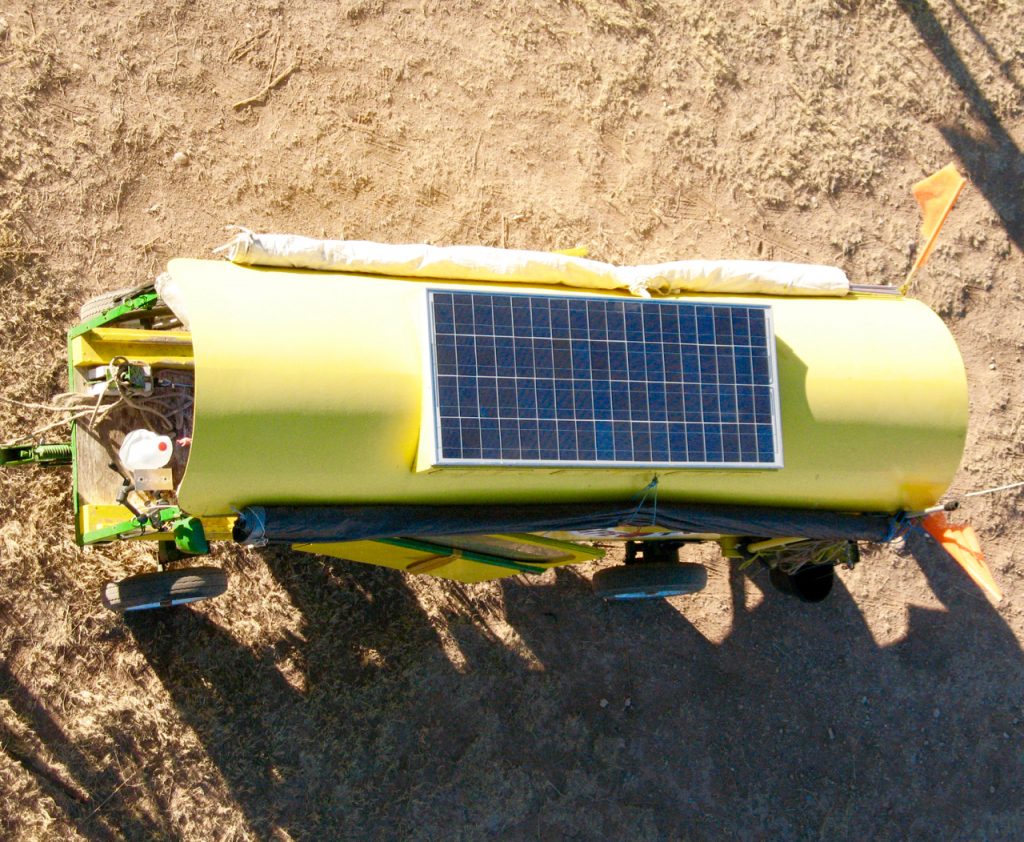
The Lost Sea Expedition is the first documentary filmed from a solar powered mule wagon. Over the next few posts, I want to share some of the tech that allowed me to film the 4-part documentary using pretty much only the power of the sun. Today, let’s look at the solar panels that breathed the spark of life in to my recording equipment.
Wagon energy
When I talk energy needs on a mule wagon, most people think whale oil, candles and kerosene. You know, all that stuff they hauled around in those prairie schooners to keep the wagons lit up at night while they jotted down their adventures with a turkey quill.
Fair enough.
There’s one difference though. Those old boys were out to cross the Great Plains. I was out to film them and document the folks and animals that lived there. And for that, I needed lots of recording equipment. All sorts of gear that run on electricity, not juice you squeeze out of a dead whale or oil well.
Since it was just me doing the filming (and mule wrangling, water hauling and question answering) I hit the road with a minimum of gear. Then there was the matter of horse, er, mule power. This was a flesh and blood voyage. It relied on strands of muscle, not steel pistons, to move us ahead. Mule Polly, not a chase vehicle, was going to haul all my gear. There’s only so much an 800 pound mule can pull (technically, between 1600 and 2000 pounds depending on terrain and distance).
In the end, I hit the road with this: my laptop, two external hard drives, a digital audio recorder, a DVD player I used as a feed back monitor and a set of wireless mics.
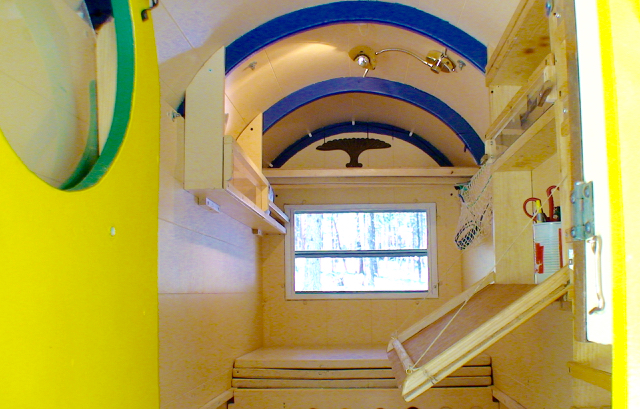
Everything else
Then there were the personal effects. Beards on guys in wagons scare people so I shaved every day. Instead of a straight razor (sorry John Wayne) I carried an electric razor. Much easier and compact than carrying shaving cream, extra water and razors. Besides, frozen Dakota ditch water on your face is REALLY cold if you’ve ever shaved with it….
For reading at night, there was a tiny lamp. Yes, I carried a few candles, too. But they were more for heating than light.

Charging it all
I knew my voyage would take mule Polly and me to some of the remotest parts of America where the closest thing to an extension cord plugged into a socket was a rattlesnake curled up under a mesquite bush. Staying at camp grounds was out, too.
So was charging my gear with a gasoline generator. Too heavy (remember, mule Polly had to pull all this gear). Oh, and too stinky and noisy. At the end of the day, I wanted to hear night fall and Polly chewing her feed, not my generator beating fossil fuel in to amps.
So I settled on solar power.
I bought a 100-watt solar panel. Screwed it to the roof of my wagon. Then wired the panel to a battery which lead to a small electrical panel. Here are some photos of how the solar panel was installed.
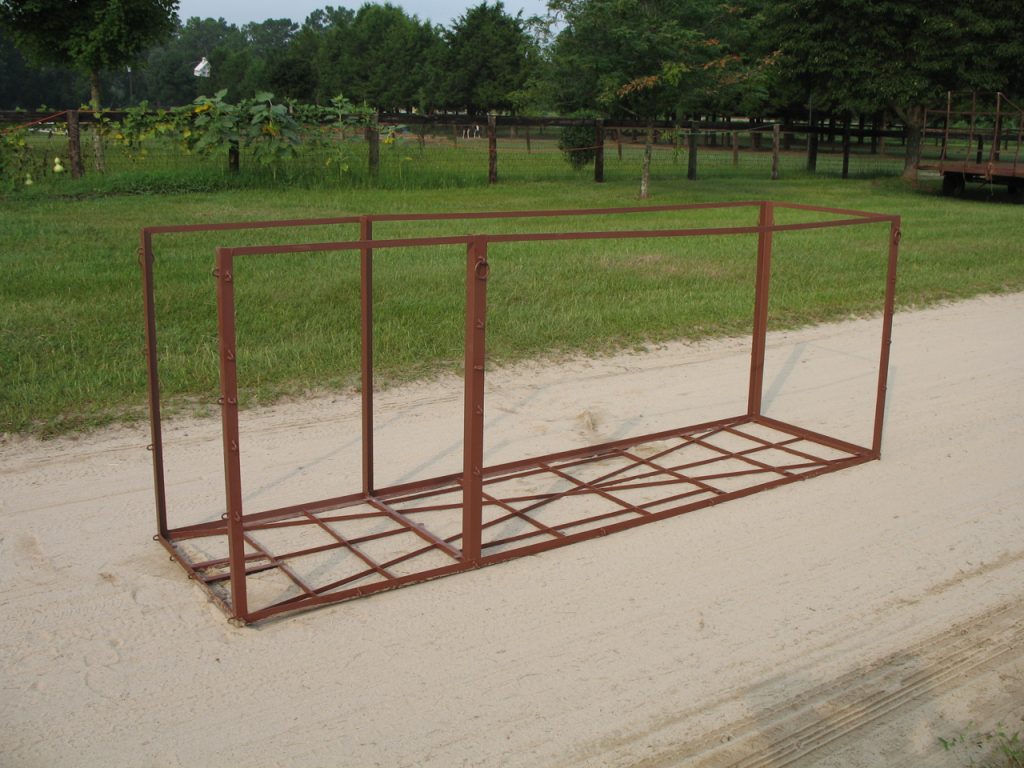
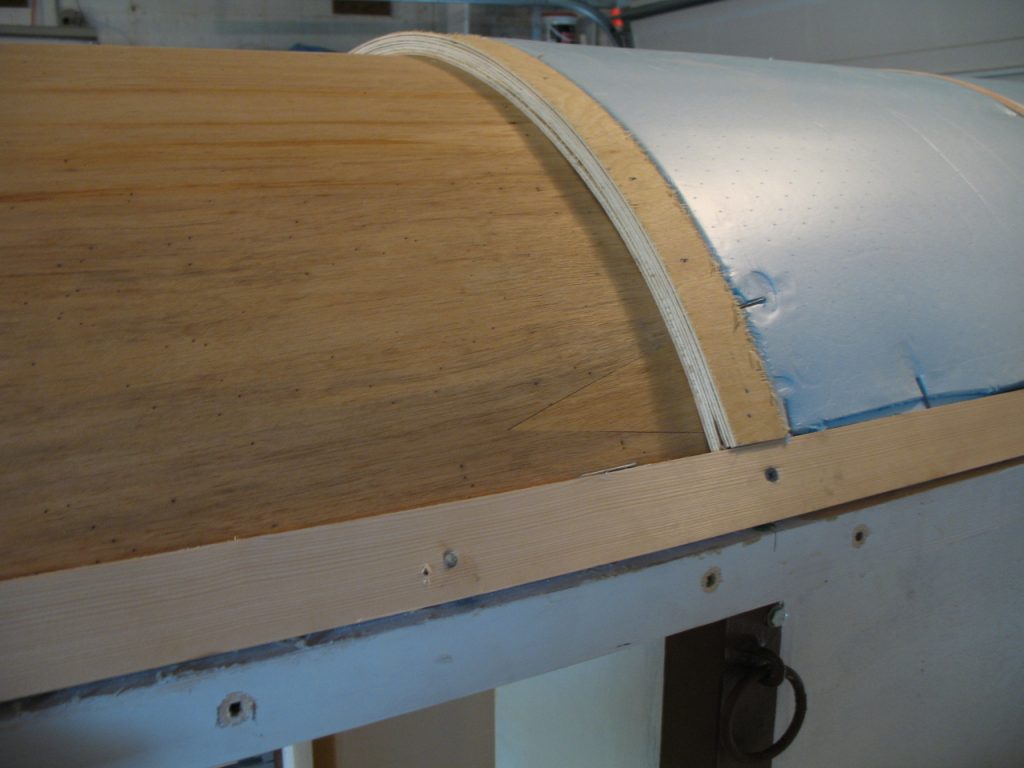
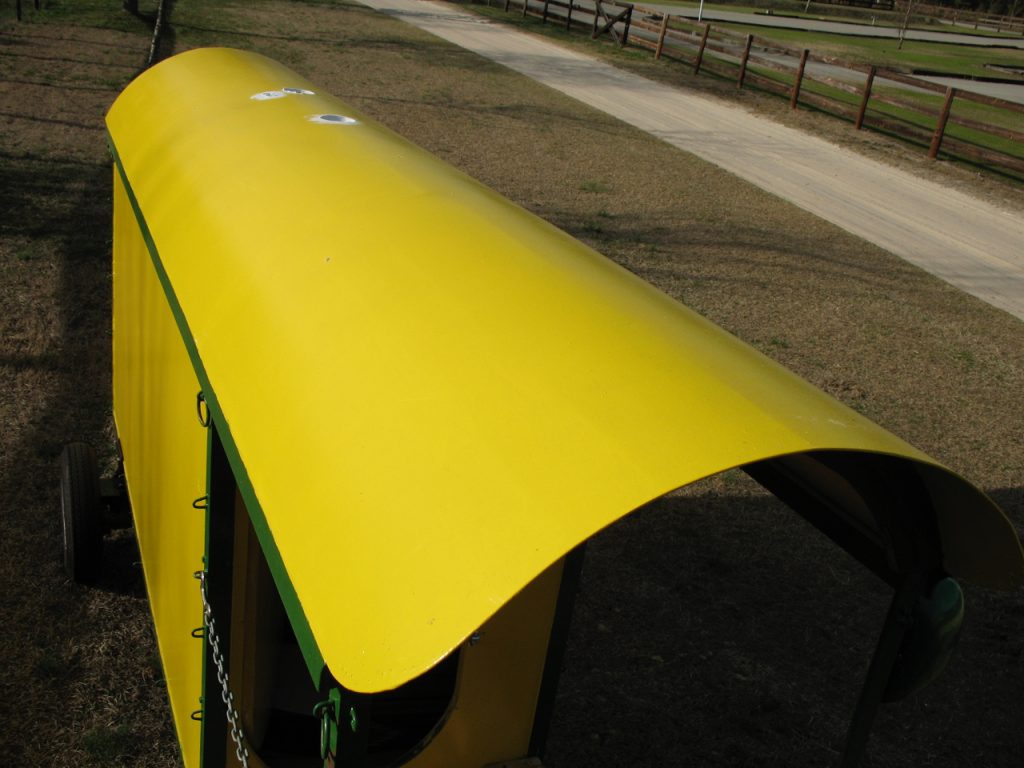
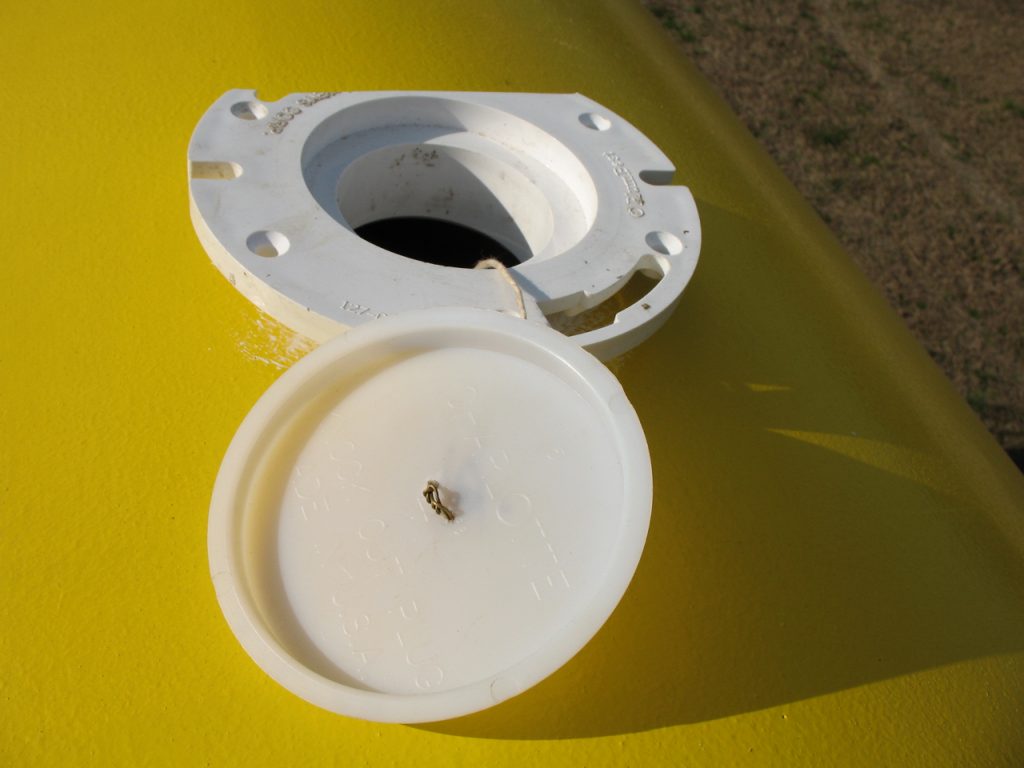

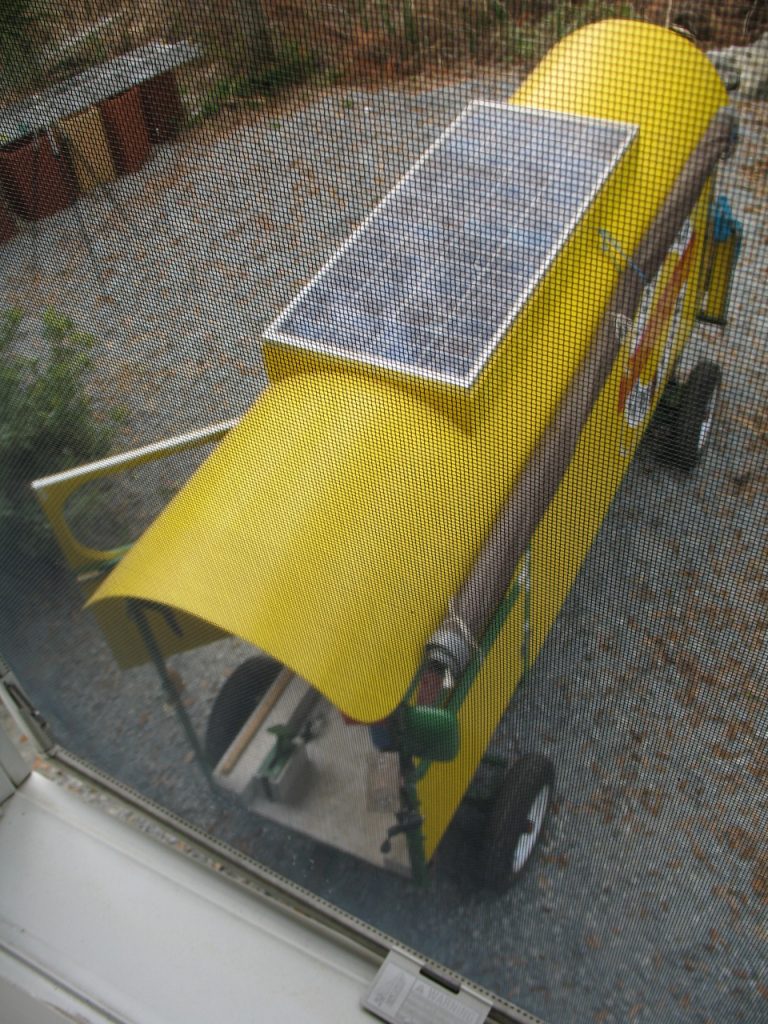
Life after solar
The solar panel proved to be a great solution to my energy needs. It was quiet, had no moving parts and proved plenty of power to charge my equipment. Plus, it’s pretty cool I was able to film a 4-part Public TV series using just the power from the sun. WIthout that technology, this is a story that would have never been captured on film.
The only downside is, after moving back in to my cabin and getting my first power bill, I thought, “this is a CRAAAZY way to make our power.”
I still haven’t added solar panels to my roof. One thing is sure, though. When the power grid goes down, I’ll just roll my solar powered wagon up to the back door and plug my cabin in to that.
Okay, here are a few more photos from the road. Man, I’m starting to miss those solar panel days …!
